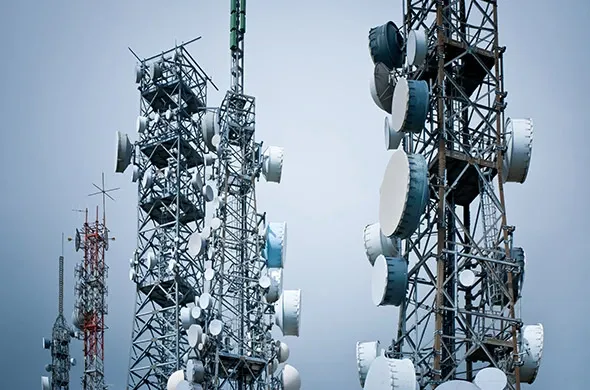DT Makes Strategic Investment in Quantum Systems
Deutsche Telekom is forming a strategic partnership with Quantum Systems, the provider of autonomous surveillance drones.

As wildfires raged across California, mobile phones went silent as towers and lines succumbed to the flames, according to Bloomberg.
“We had to drive through neighborhoods with sirens and public address systems to alert residents and visitors,“ said David Katz, a spokesman for the Malibu Search and Rescue Team. “In some cases, we had to go house to house on foot.“
Those experiences during the widespread fires that claimed more than 70 lives reveal a downside to the wireless communications upon which Americans are increasingly dependent: Mobile service falls short of old-fashioned landlines when it comes to surviving catastrophic events. That can leave citizens unable to receive automated warnings or call 911 for help.
More than half of U.S. households, and more than 70 percent of adults renting their homes, rely on mobile phones, according to survey results from the U.S. Centers for Disease Control. There is no requirement for cell sites to have backup power. The industry has resisted efforts to make that mandatory, arguing that it would be overly burdensome in part because it can be expensive to rent space for equipment and hard to get permits to store fuel in some places.
In decades past, telephones at the end of copper lines could offer service, even during widespread electricity failures, if a nearby hub managed to have power, perhaps from a generator. That’s not to say that arrangement is indestructible. For weeks after Hurricane Maria bombarded Puerto Rico last year, landline service was “generally non-existent,“ according to an FCC report.
Vulnerability increases as dependence on wireless phones grows. The number of wireless service outages reported to the FCC jumped to 1,079 in 2016 from 189 seven years earlier, according to the Government Accountability Office. Accidents such as damage to cables during construction work made up about three-fourths of the total, with almost all the remainder due to storms and fires, the agency said.